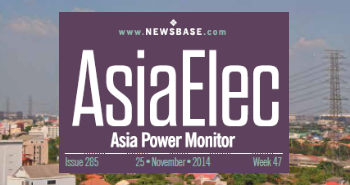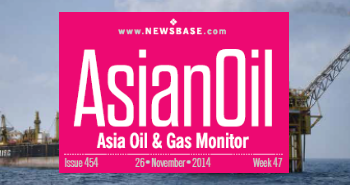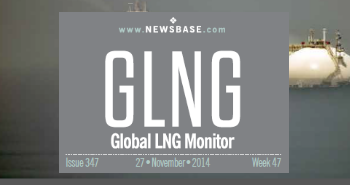Asian LNG imports climb as demand in Europe remains muted

Asia is poised to post its highest LNG import figures since the start of the year in July as demand surges despite rising spot prices in the region. Forecasts by Kpler reported by the UK’s Head Topics now see LNG imports projected to hit 24.85mn tonnes, in the process marking a six-month high.
However, while Asian imports are set to peak in the year to-date in July, European imports are on track to record their lowest levels since September 2021, according to the trade intelligence firm. As such, higher prices in Asia are attracting more imports to the region.
In the American Journal of Transportation (AJoT) it was reported that Japanese utilities are now seeking additional volumes for the August to September time-frame as imports which totalled 68mn tonnes in Q2 increase compared to previous years.
Recent data also shows that Asian spot LNG prices for September traded 1.4% lower week on week at around $12 per million British thermal units (mmBtu) on July 23.
The same day, October 2024 financial derivatives were being traded at around $12.1 per mmBtu, down a substantial 3.6% from the previous week.
In Europe on July 23 meanwhile, the Title Transfer Facility (TTF) for August traded in the region of $10 per mmBtu, also 3.6% down from the week prior.
As such, Asia for now remains the preferred destination over Europe for US free-on-board (FOB) LNG cargoes.
Russia is another country looking to benefit from the rise in demand from Asian importers, with the Sakhalin 2 LNG project having resumed production from both trains after maintenance on the second train was completed around July 20, according to reports.
Production had previously been halted for maintenance on the first train to take place in mid-June, followed by additional work on the second train.
Movement of LNG from Sakhalin just days before also saw the Grand Mereya LNG carrier depart Sakhalin 2 with a full cargo. Sakhalin Energy has, the AJoT report says, also sold multiple LNG cargoes scheduled for loading in the second half of August.
Elsewhere in Russia, Yamal LNG was noted as delivering its first LNG cargo to Asia via the Northern Sea Route (NSR) this year. That cargo arrived at southeast China’s Fujian LNG terminal on July 14; a delivery made approximately two weeks later than the previous year.
Away from pre-orders, some Asian importers have recently shown an interest in snapping up additional spot volumes due to soaring temperatures across much of Southeast and East Asia since early summer.
This has led to Japanese utilities reaching out for additional volumes to be delivered in August and September. Much of this late summer movement has been attributed to Japan’s Meteorological Agency predicting above-average temperatures across much of the country into early August. Weather experts across the Sea of Japan in South Korea are also hinting at higher than normal temperatures in the next week or so.
Adding to the need for increased LNG orders in Japan at least is an ongoing reluctance to restart any nuclear power plants (NPPs) in the more heavily populated east of the country since the March 2011 Fukushima disaster. In the years since 2011, however, 12 NPPs in western Japan with a total combined capacity of 11.6 GW have come online.
As a result, planned maintenance at a number of west Japan NPPs in August has seen this number drop to just over 9 GW, thereby compounding the need for a readily available nationwide replacement in the form of LNG.




Follow us online